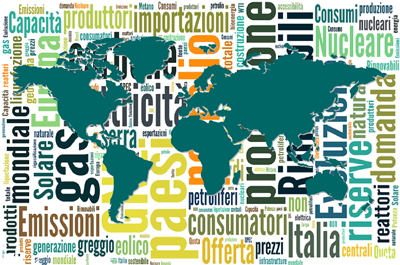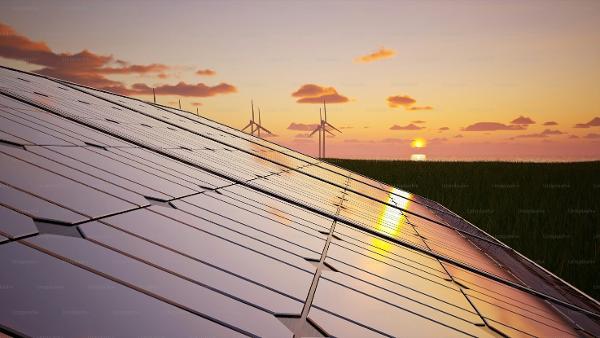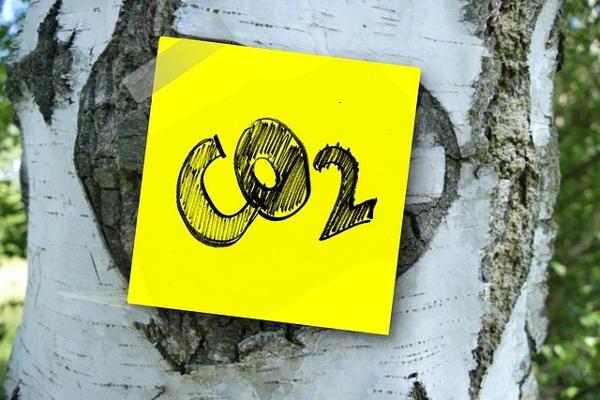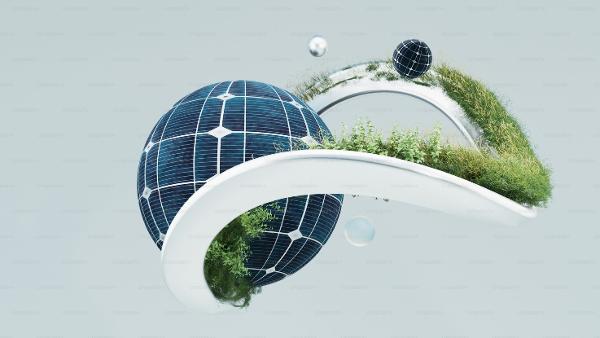Ever since the United Nations’ Intergovernmental Panel on Climate Change (IPCC) 2018 special report rang the alarm that we were heading head-first into a climate disaster by 2035 absent urgent and transformative action, policymakers globally have been doubling down on efforts to implement climate change mitigation measures. Many governments however have come to a rapid realization that, despite hundreds of billions of investment in renewables, the world remains even more reliant on fossil fuels as ever. These challenges were further sharpened by the energy security woes that befell parts of the world – most acutely Europe – in 2021 after the Russian invasion of Ukraine. Natural gas – seen by many countries as a transition to a renewable economy – was no longer a reliable electricity or heat source.
These factors created the perfect storm to shine the spotlight on nuclear energy - a technology that today represents the second largest source of clean energy in the world (the first being hydro) but has in the past decades been missing from Western headlines. Organizations such as the International Energy Agency have recognized that nuclear energy capacity needs to double, if not triple, by 2050, to meet net zero targets. Analysts today are recognizing the zero-carbon value and high-capacity factors of nuclear, as well as its energy density – crucial in a world where building power lines and solar and wind farms is facing more and more NIMBYism. Further, nuclear technologies are increasingly playing a role in industries beyond power. For example, nuclear-produced electricity and heat can be used to produce clean hydrogen, which can in turn decarbonize many hard-to-abate sectors.
The Asian Lead. Until this “rude awakening”, however, nuclear energy development in recent history was mostly confined to the Eastern part of the globe. China became the second largest operator of nuclear power plants last year through a program of steady nuclear construction for 30 years. Russia similarly built at home but focused its attention on new markets – becoming in recent years the biggest nuclear energy exporter in the world with Russian-designed reactors under construction in Turkey, Bangladesh and Egypt, to name a few. In the meantime, the handful of new nuclear projects in the U.S. and Western Europe faced cost overruns and schedule delays, in large part stemming from loss of nuclear construction and management experience in the West.
The North American SMR Revolution. It is these challenges that have, at least in part, set a whole new future for nuclear energy based on small modular reactors (SMRs). SMRs are designed for modular deployment, decreasing construction risk, and allowing for more diversity in deployment models and financial backers due to smaller capital outlays. Advanced safety features allow SMRs to be built closer to population centres, including centres of industry – especially important for those non-electric applications. North America is leading the charge on SMR deployment, with a large percentage of the 50+ SMR developers based in the U.S. and Canada. These developers are also finding customers: according to a survey conducted by the U.S. industry association Nuclear Energy Institute, more than 300 SMRs are planned in the United States, with many existing nuclear operators considering or planning construction. These established players are joined by industry newcomers, like the industrial giant Dow Chemical, which has committed to build SMRs at one of its Gulf Coast sites as part of its decarbonization strategy. Canada is proceeding on a similar path, with plans to build SMRs in four of 10 provinces, but gearing to deploy 4.8 GWe of large reactors. North American nuclear nuclear plans are backed by strong government support. Among other incentives, United States committed $5.6bn to an advanced reactor demonstration programme paired with Inflation Reduction Act (IRA) tax credits that put nuclear on a level playing field with renewables. Canada answered the IRA with similar tax incentives in its 2023 federal budget.
Europe – Riding the Nuclear Wave European hesitancy on nuclear today is mostly a function of perception and the difficulty of Brussels politics. In fact, Europe has done an almost complete volte face on the topic. The Macron government, which at its inception had considered lowering France’s share of nuclear in favor of renewables, is now planning to construct as many as 14 large reactors, complemented by an SMR investment plan and mass hydrogen production using nuclear by 2030. Meanwhile, in the UK, plans to build eight new large nuclear reactors by 2050 were supplemented by the launch of Great Britain Nuclear and the designation as ‘environmentally sustainable’ in the Green Taxonomy. Elsewhere, Belgium responded to the Ukraine invasion by backing away from its plan to decommission its nuclear fleet, and the Netherlands included construction of two nuclear reactors in its strategy. The enthusiasm for nuclear is greatest, however, in Central and Eastern Europe. Poland, which needs to back away from its reliance on coal while ensuring energy security and providing for industrial development, is looking to deploy a fleet of both large reactors and SMRs. Romania, Czechia, Slovenia and Bulgaria all have plans for new nuclear, and Ukraine sees an expansion of its nuclear fleet as key to post-war reconstruction.
There is one notable holdout however in Europe. Germany has not only phased out nuclear but replaced it with coal restarts despite its broader energy policy. The result is clear: a sharp rise in emissions. Though with nuclear recognised as a sustainable technology in Europe’s Net Zero Industry Act, not to mention its inclusion in the nuclear taxonomy, Germany is certainly an outlier.
The future for nuclear is bright, as governments across the world seek to nurture the sector, be it in North America or even in Africa, where dozens of countries are planning nuclear programmes. Nuclear power is growing amongst the West and, crucially, the rest.




















